A room of bird’s own
The miniature bird abodes of Istanbul
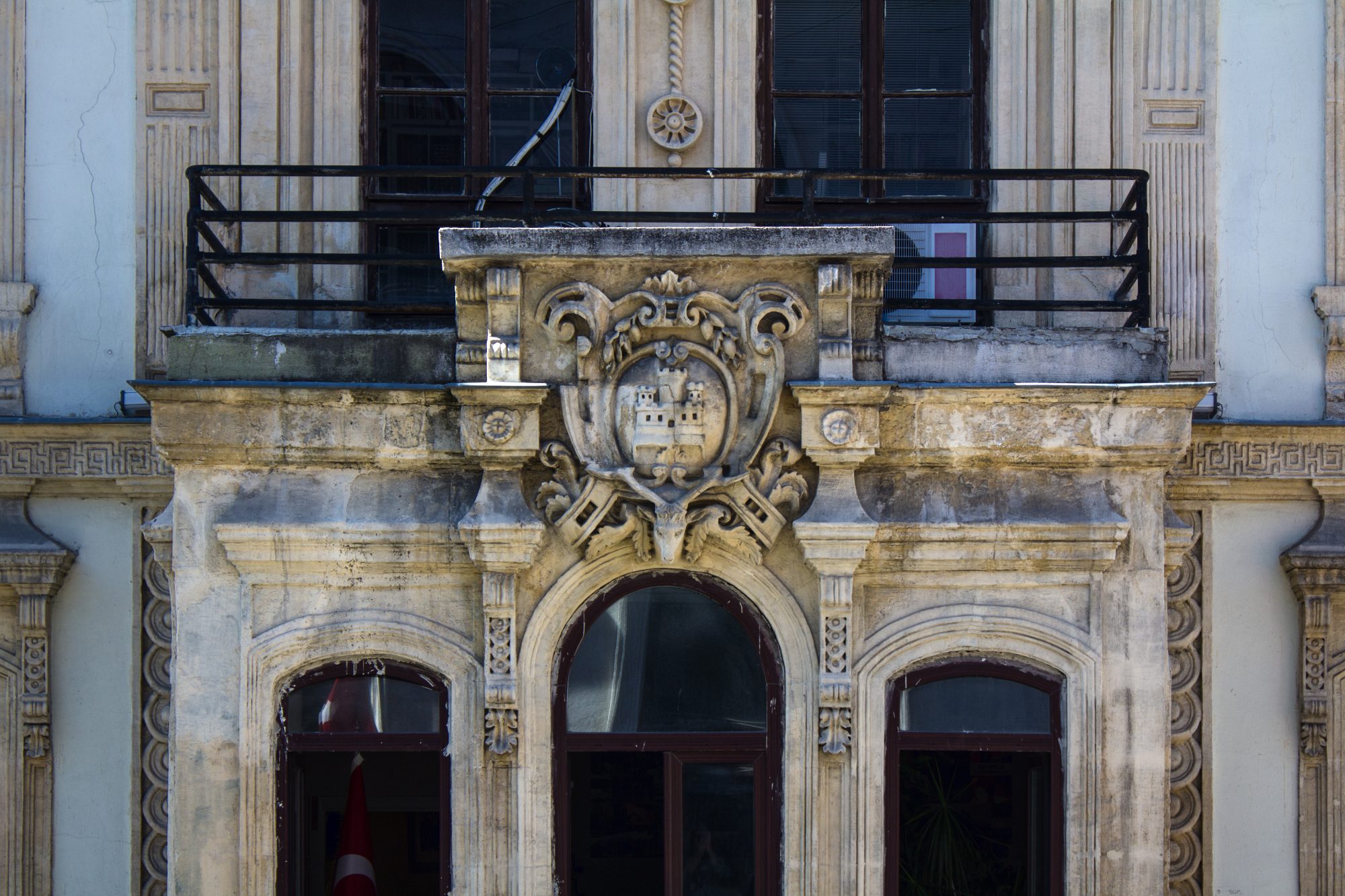
The birdhouses of Istanbul, built mostly during the Ottoman era, provide not only urban shelters for birds but also pleasure for curious eyes. The houses come in various styles and can be found on facades all over the city, from churches to banks and offices.
Birds have always held great importance in the Ottoman mindset and sense of aesthetics. In classical Turkish literature, the nightingale features as the “voice of the poet” and Muhammad, the prophet of Islam, is likened with “a parrot who articulates miracles”. Historically in Turkey, birds were often companions of human beings, helping them to overcome loneliness in the domestic life. They were also believed to distract the jinnis, demons and mythical creatures, with their flippant manners. And migratory birds, the heralders of the onset of seasons, had big symbolical value in a society with many immigrants, and were perceived as beings requiring protection and care.
As a result, the Ottoman charity Vakf-ı Gureba-ı Lâklâkan (The Foundation of Wretched Storks) was founded in the Anatolian city of Bursa in the 19th century, only to take care of migratory birds. There was even a hospital called Gurabâhâne-i Laklakân, or the Hospice of Storks, for birds with broken wings, which also happened to be the first animal hospital in the country.
Serçe saray (sparrow-palace) and kuş köşkü (bird mansion) were common names for the birdhouses in Ottoman times.
The birds of Istanbul recieved special attention from their fellow townspeople just like those in Bursa, but in a different and very specific form – that of birdhouses. The building of birdhouses, an architectural tradition dating back to the 15th century, had the intention of protecting birds from the northern winds sweeping across Istanbul from the Black Sea. In that sense, it reflected both the thoughtfulness of individual patrons and a larger notion of charity in Ottoman society. In a short time, numerous birdhouses in different styles had popped up around the city, some resembling elaborate chateaux while others being little more than rooms for shelter.
In the 18th century, birdhouses had come to offer a platform for architectural creativity. Multistorey, palace-like structures and meticulously ornamented façades could be seen in abundance across Istanbul, with birds flying in and out of their doors and openings. Continuing in the 19th century, the rich and extravagant ornamentations of these birdhouses often reflected each patrons’ particular taste and care for aesthetics. Serçe saray, meaning “sparrow palace”, and Kuş köşkü, “bird mansion”, were common names used throughout the Ottoman era and signify the intention behind their grandeur.
The patronising and building of birdhouses was a vocation not only for the majority Muslim community of the empire, but also for Christians and Jews. Several churches and synagogues in Istanbul still feature birdhouses on their exteriors. They appear on other kinds of buildings as well, including commercial ones of many kinds. But with time, and urban change taking place across Istanbul, a shrinking number of birdhouses have managed to survive.
These are five of the most notable birdhouses still found in the urban landscape of Istanbul today:
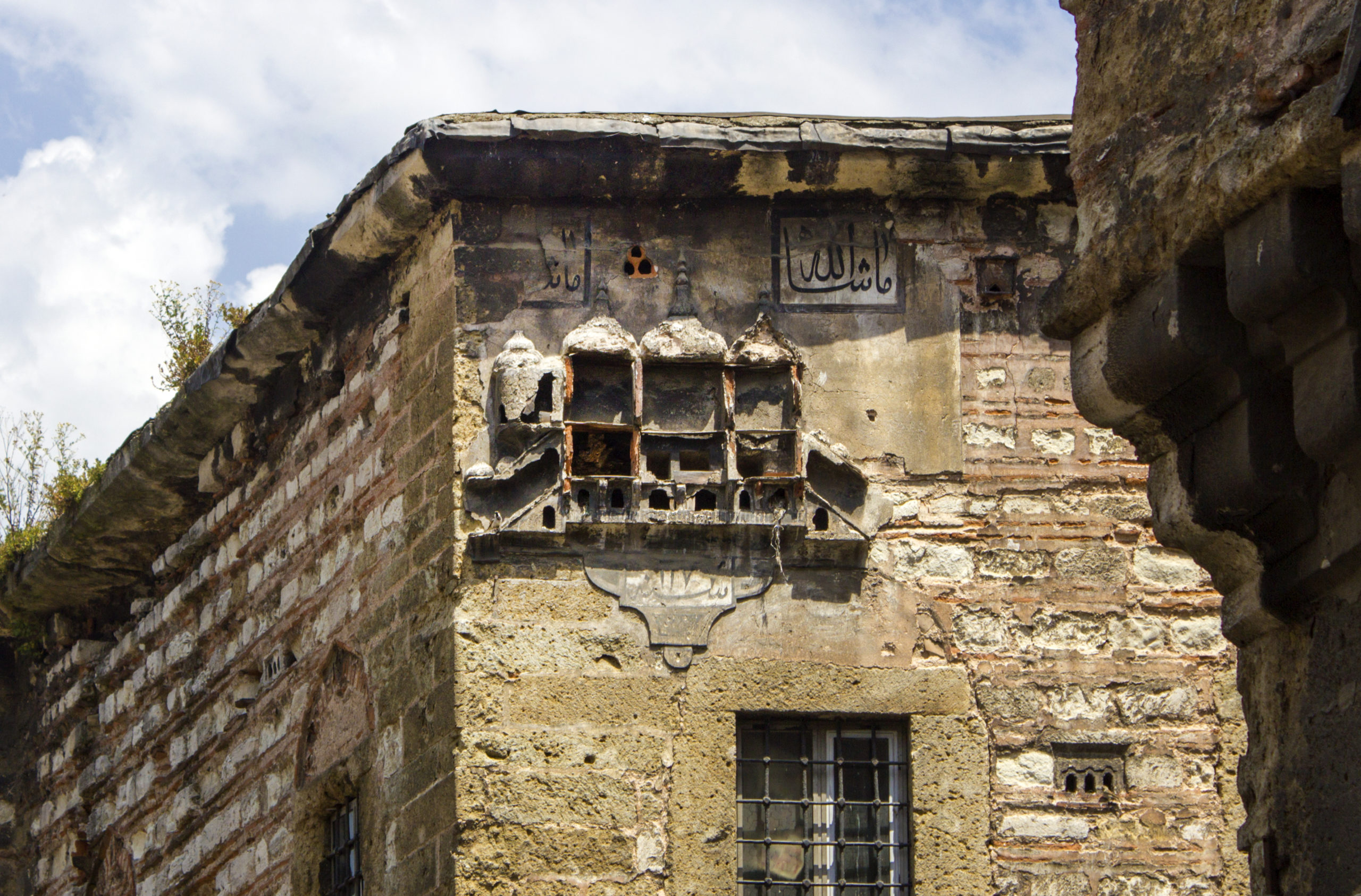
Büyük Yeni Han
Built during the second half of the 18th century, Büyük Yeni Han was made using mixed techniques, including finely cut Ashlar stone work. When the nearby Laleli Mosque was built in the latter part of the century, the rental income of Büyük Yeni Han were used to cover the construction expenses – in fact, the inn was built solely for this purpose. The birdhouse, attached just below the roof of the inn, is made by stone and wood, with miniature stairways on the left and right. The founding year of the inn is engraved on a stone right under the three-story birdhouse, and there are signs saying “Mashallah”.
See the location of Büyük Yeni Han.
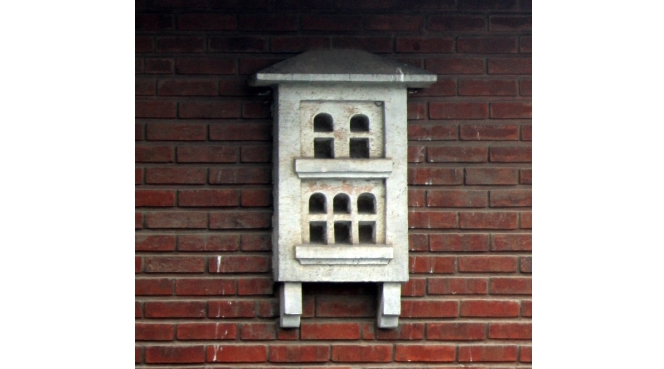
The Baghdad Street Fibabanka building
Named after Sultan Murad IV’s capture of Baghdad in 1638, the 14 kilometer long Baghdad Street is relatively new by Istanbul standards. Since the early 2000s, the street has been lined with numerous shops, clothing stores and banks; one of which, the street’s Fibabanka branch, also hosts a birdhouse. Built as an example of Turkey’s “Second National Architectural Trend”, a building style running parallel with the Turkish nation building project and reflected in most early republican era buildings, this birdhouse is made by cast stone and features the style’s trademark grand and straight eaves.
See the location of the Fibabanka building.
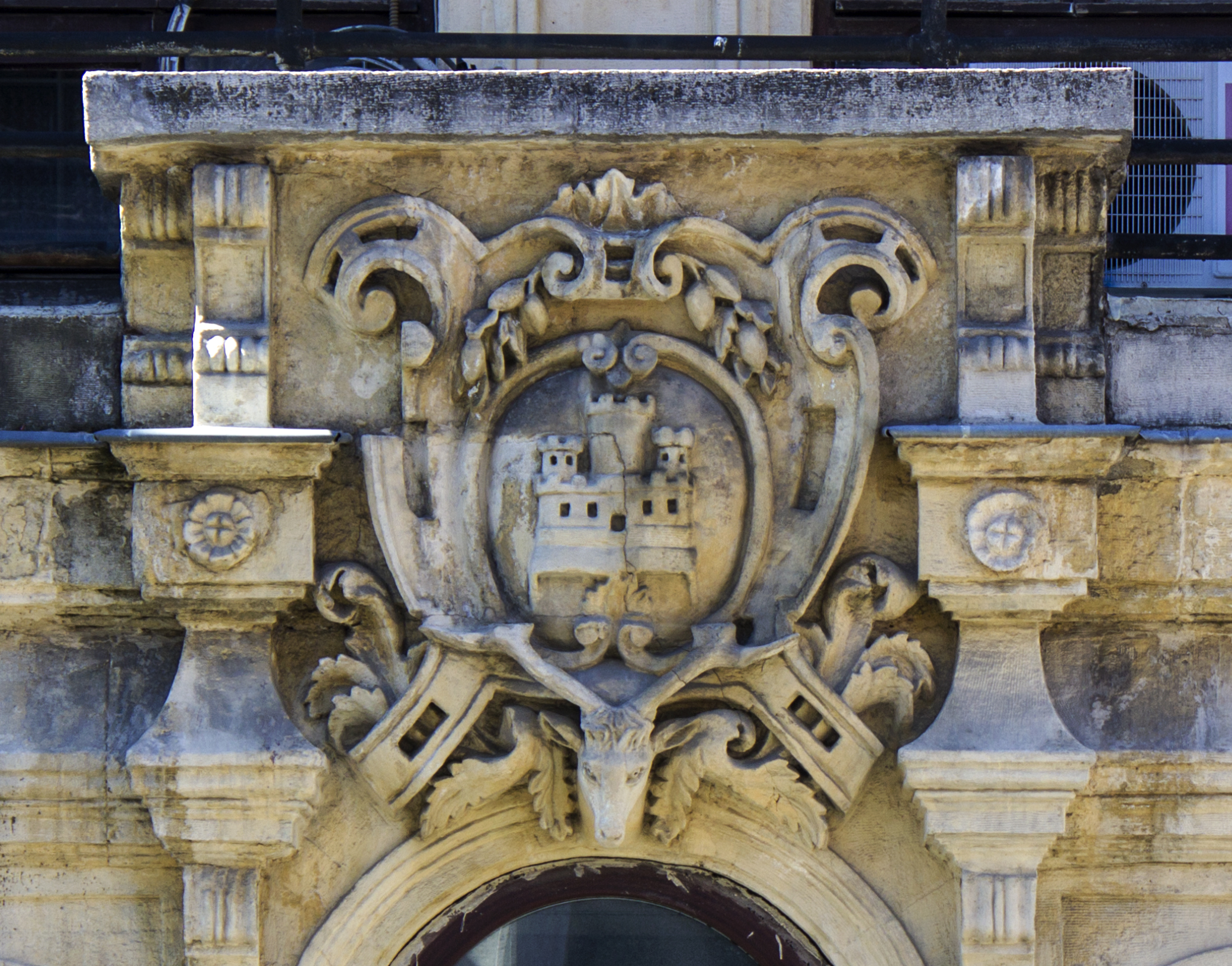
Halep passage
Constructed in 1885 by a businessman from Aleppo, Halep Pasajı, also known as Beyoğlu Pasajı, has a unique history. It has through the years been home to a beer hall, a court, a record store, a theater and even a circus. Now hosting the famous Beyoğlu Sineması movie theater, Halep Pasajı also features a small, chic birdhouse on the facade of its fourth floor, set right on top of a deer head resembling like a protective guardian.
See the location of Halep Pasajı.
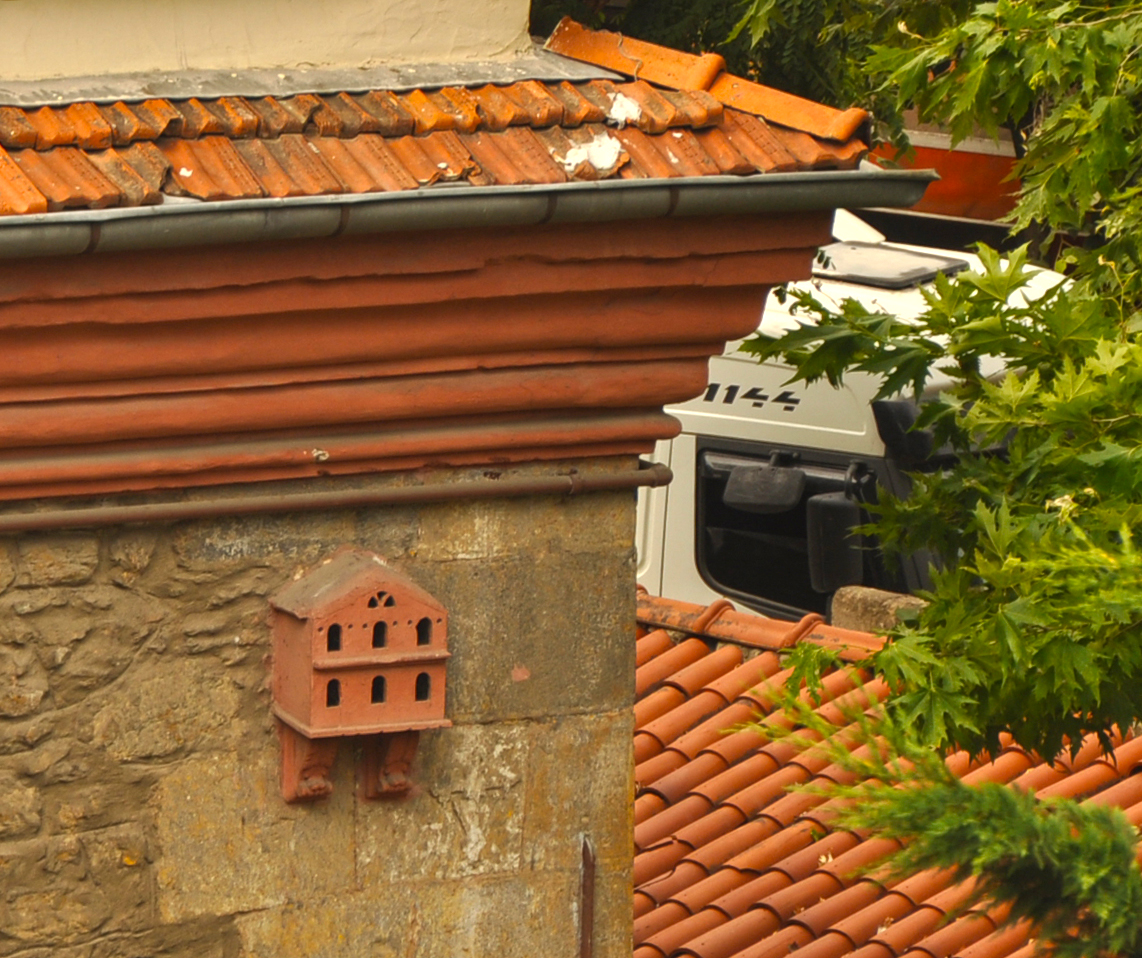
Saint Pantaleon Church
This Greek Orthodox church, dating back to the 1830s, is the only house of worship in Turkey devoted to the martyr Saint Pantaleon. The church, which is located in the district of Kuzguncuk, famous for hosting a church, a mosque and a synagogue side by side,stands out from the neighbourhood’s other buildings with its distinctive bell tower. The birdhouse is a two-story red miniature building hanging on the southern façade of the church, with six arched windows and two leaf-shaped supporting brackets.
See the location of the Saint Pantaleon Church.
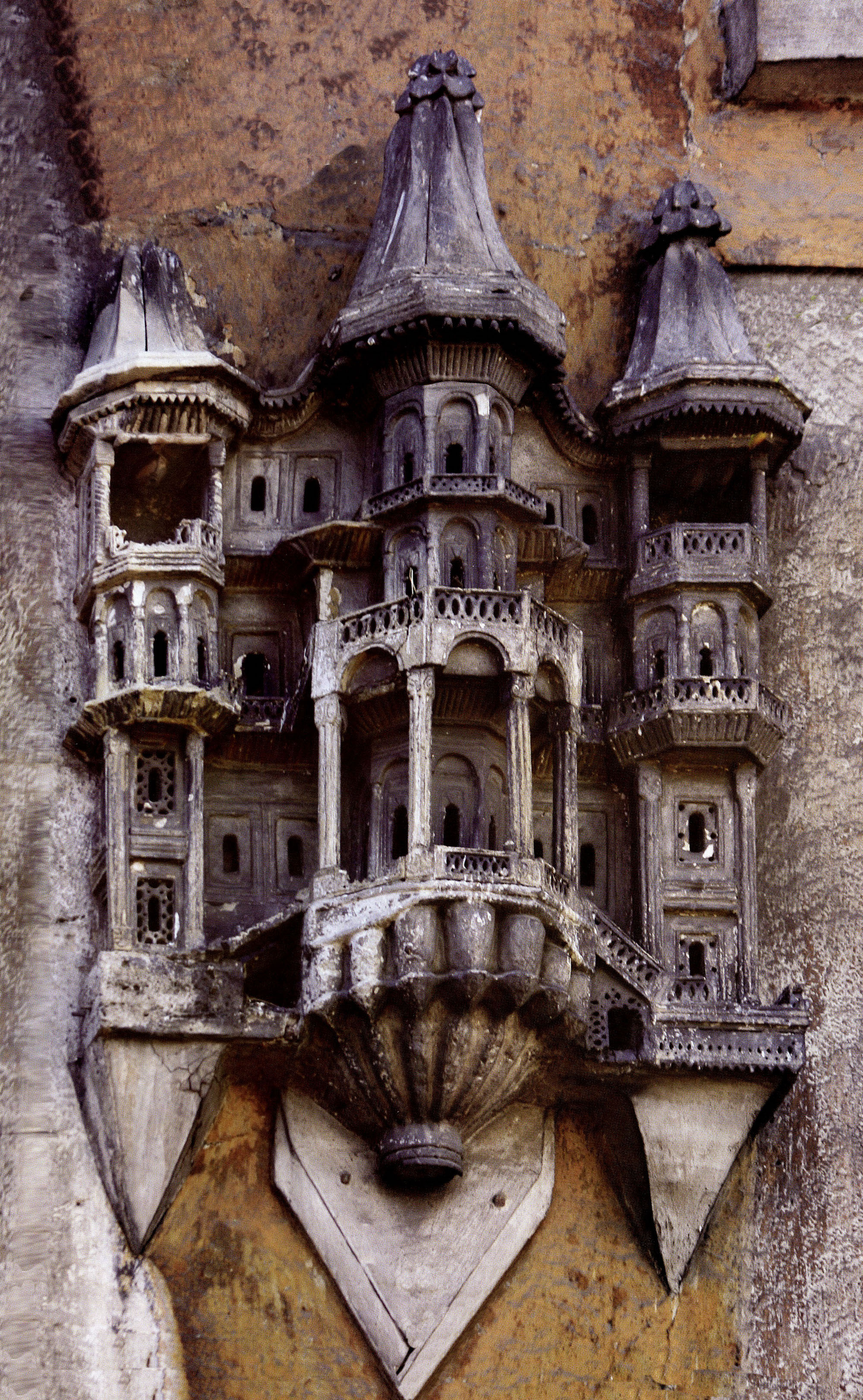
Imperial Mint
Once the center of Ottoman coin making, the Imperial Mint, located at first courtyard of the city’s grand Topkapı Palace, is no longer in use. However, it still hosts one of the most fascinating birdhouses in Istanbul. Hung on a large wall inside the yard, the outstanding birdhouse has five stories and three towers, the middle one being taller than the two other. It is adorned with balconies and railings, reflecting the architectural style of the 18th century Turkish construction period.
See the location of the Imperial Mint.






